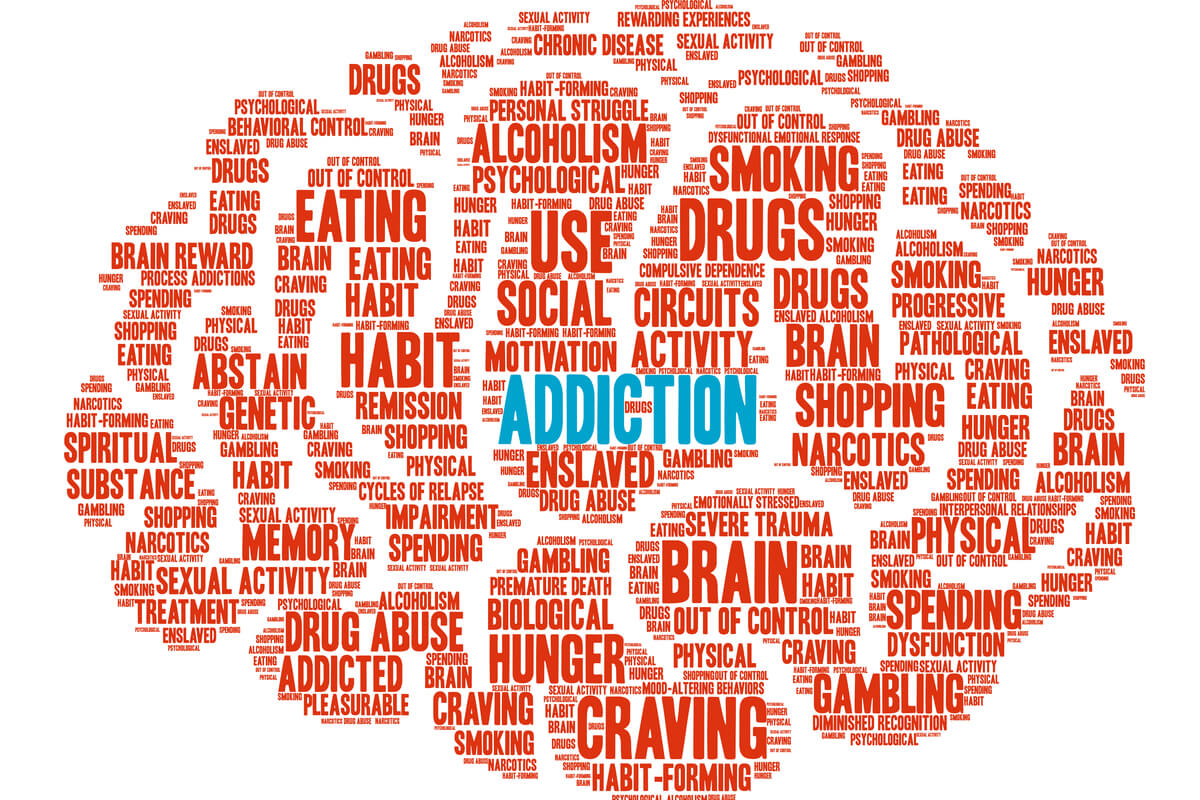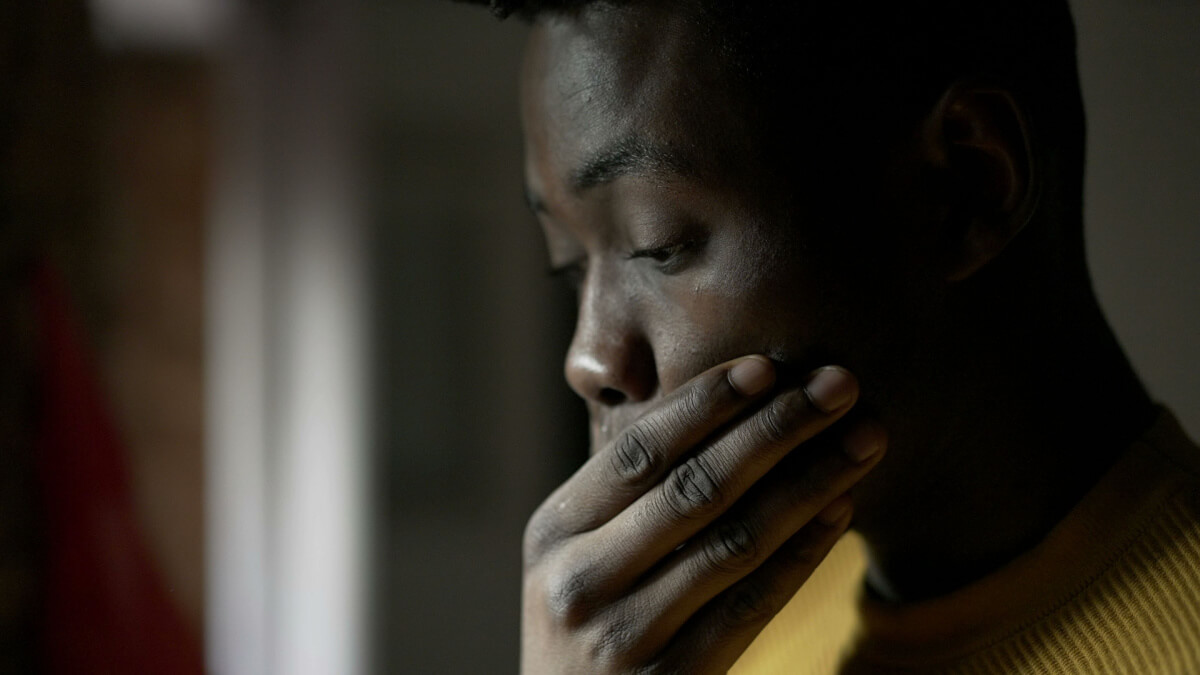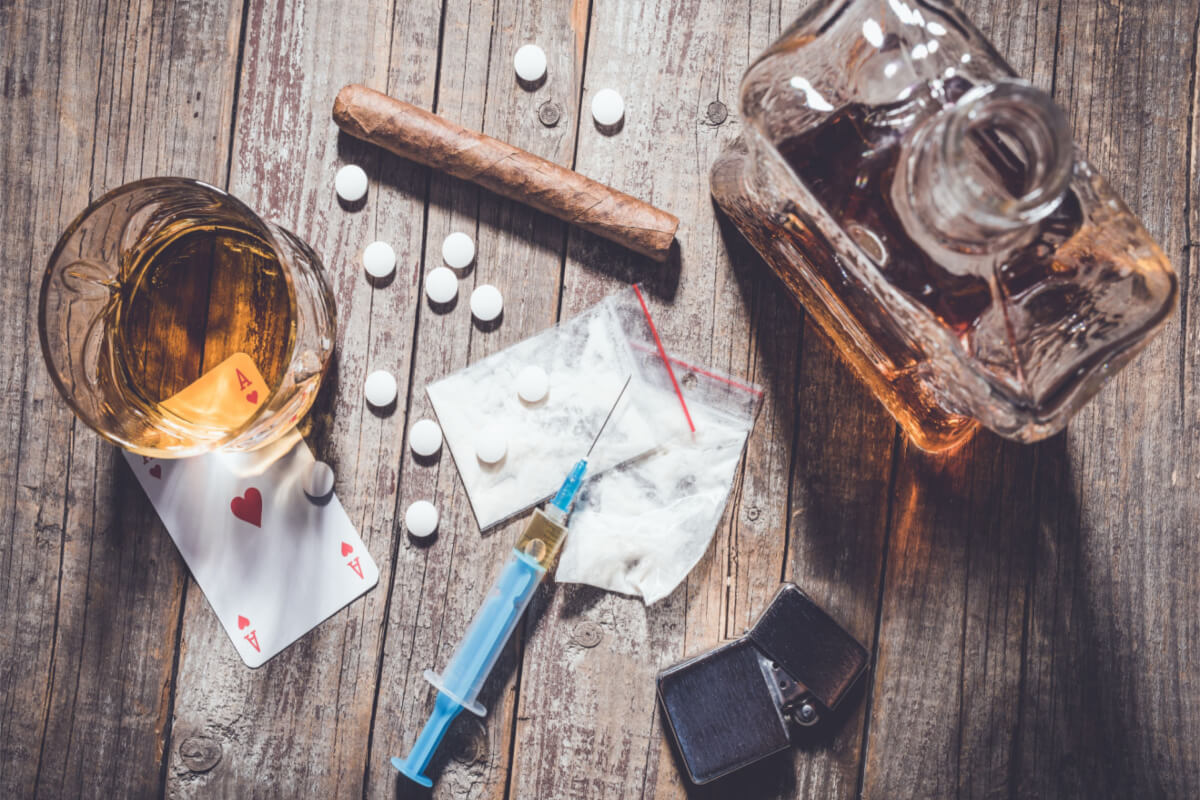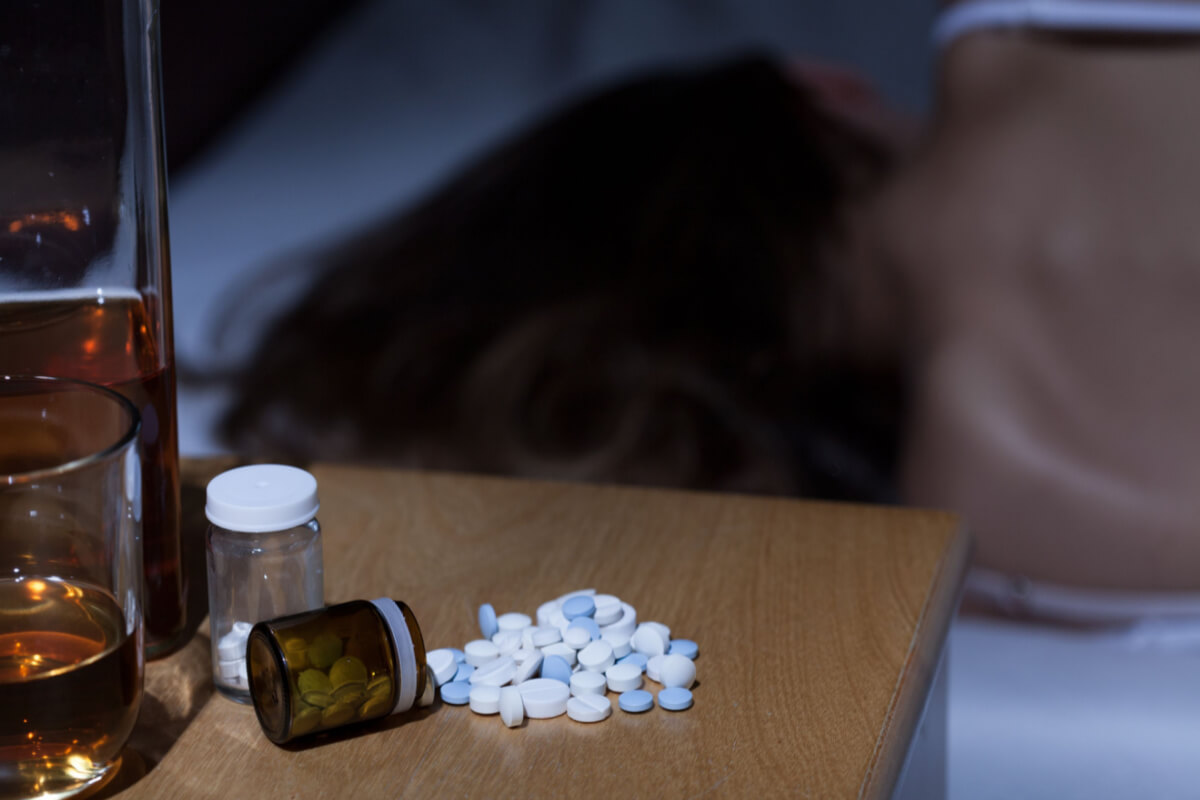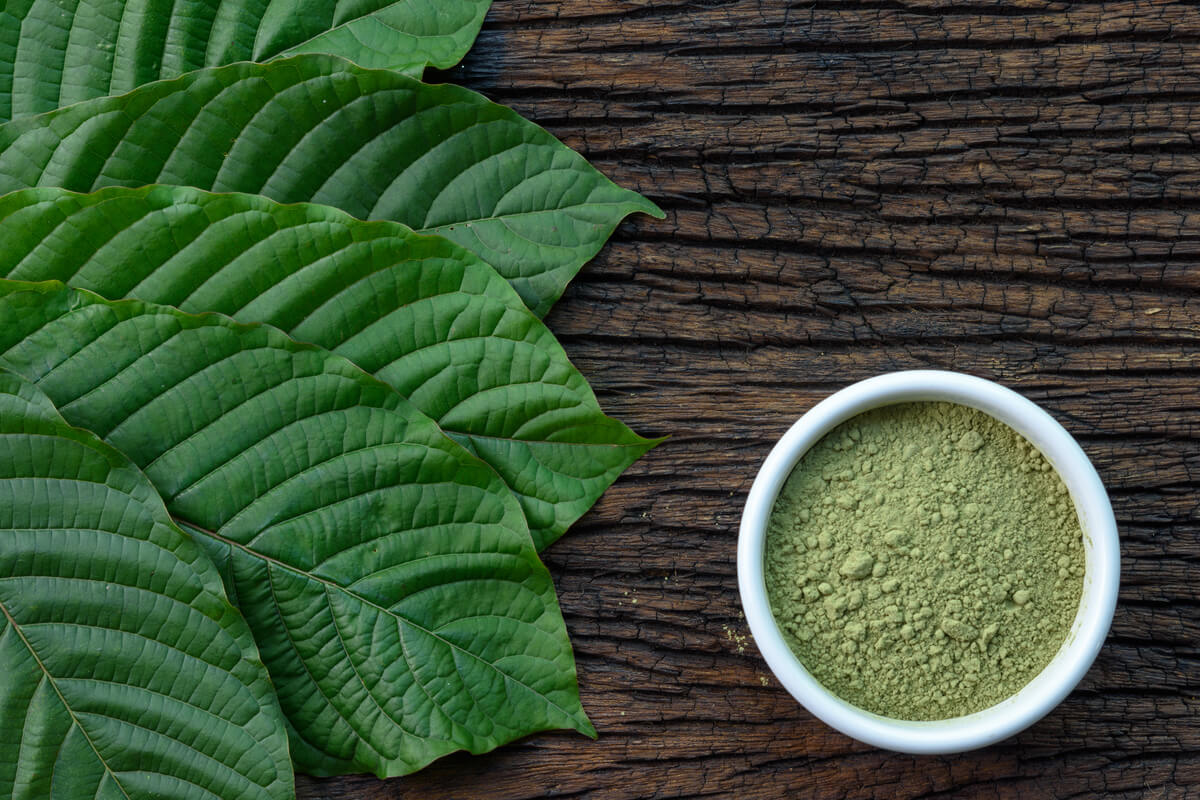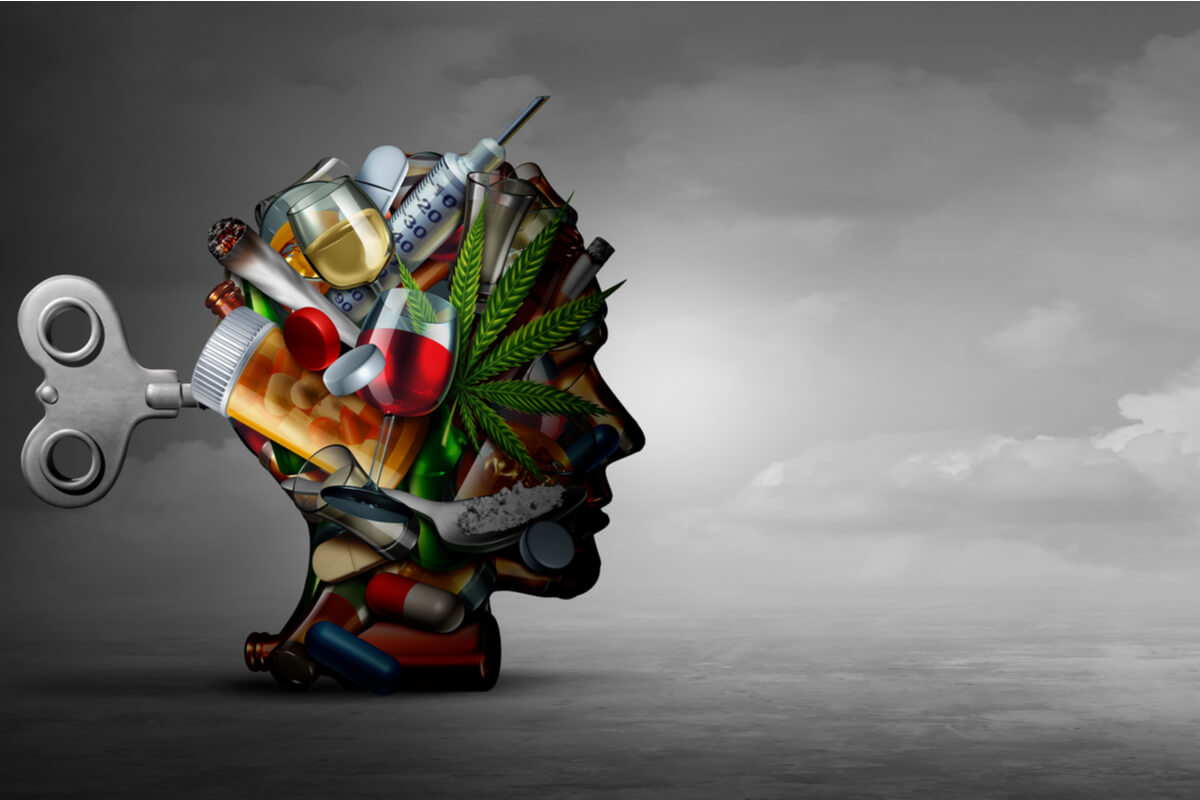
Too often, families and their loved ones living with an addiction suffer needlessly because they believe that substance use disorder (SUD) is a choice, not a disease. They incorrectly believe that if the person just had enough willpower, they would be able to stop drinking or using drugs and stay in recovery forever. This is a misconception that miscategorizes addiction as a choice, and not a chronic medical condition that warrants treatment, both pharmacological and behavioral.
Addiction is a disease. Because it is a disease, it requires treatment.[1] Trying to quit alone without medical and therapeutic support rarely works for addiction.
In order to safely stop misusing substances, professional treatment is needed and is appropriate!
What Is the Disease of Addiction?
Most physicians now support what the medical community refers to as the Disease Model of Addiction – the belief that addiction is not a choice, but a pattern of behavior that is a result of a real biological and chemical process going on in the body.
When someone uses any drug or alcohol, they trigger the pleasure pathway in the brain, awakening a release of dopamine that is 2 to 10 times larger than our natural reward response.[2]
Though the first use of drugs or alcohol is voluntary, after that, repeated uses are often more about the compulsion in the brain to repeat the reward experience. To complicate things further, tolerance begins to develop and grows with repeated use. Tolerance development means that the second use of the substance and beyond does not trigger the same intensity of reward experienced with the first time use. The more that someone drinks or gets high in an attempt to replicate that experience, the more of that substance will be necessary to create the feeling of reward in the brain.[3]
Next, physical dependence and withdrawal can develop so that not only do patients not get the same high that they used to, but they actually feel terrible without the drug, which further incentivizes them to use the drug just to feel normal or at baseline. Thus, the pattern of use, reward, punishment of withdrawal, and repeat use, becomes an inescapable cycle.
Over the years, as experimental drug use turns into a regular habit, changes occur in the brain. Neurons begin to communicate differently, sending different signals, and as a result, addictive behaviors become more solidified .[4]
Reward System
Most opioid medications are dopamine agonists: they turn on opioid receptors that then cause a flood of dopamine to the brain. Dopamine is a neurotransmitter that is often referred to as a “feel good” chemical because it produces feelings of happiness and euphoria. When patients take opioids or other habit forming drugs, it stimulates dopamine release that incentivizes the individual to repeatedly take that drug for its euphoric effects.
This is reaffirmed by research trials that have found that humans and animals have been found to actively avoid dopamine antagonists or anything that negatively impacts the reward system.[6]
Is Addiction Really a Disease?
Yes. It is not a moral failing, a lack of willpower, or an indication of any negative characteristics about the person struggling with a substance use disorder.[5] As explained above, scientists are able to document and measure biological and chemical changes in the brain. Addiction is therefore much more like a disease than it is simply a lifestyle choice. As such, we must treat it like a medical condition that may or may not be lifelong.
Disease of Addiction and Co-Occurrence with Mental Health Disorders
Substances and mental health disorders often occur together, or one may trigger the other. In some cases, use of a substance may trigger symptoms of an underlying mental health disorder. For example, features of psychosis might characterize an episode under the influence of synthetic cannabinoids or PCP, or use of marijuana may trigger underlying psychiatric disorders like schizophrenia or bipolar disorder.[8]
In other cases, the mental health disorder predates the use of drugs and alcohol, with signs showing up long before the person developed a substance use disorder. In these cases, it may be that the person sought out drugs and alcohol in an attempt to mitigate the symptoms of the mental health disorder: drinking to manage depression or taking a sedative to decrease anxiety. Unfortunately, choosing to self-medicate in this way usually only worsens the underlying condition.[9] Having both substance use disorders and mental health disorders can complicate the recovery process and can require a particularly strong treatment team.
The Disease of Addiction and Co-Occurrence With Other Underlying Medical Issues
Physical, physiological, or medical conditions can contribute to the development of an addiction disorder or develop as a result of an untreated addiction disorder.
In some cases, after an accident or injury or painful medical condition, a person may begin a journey toward addiction when they receive a prescription for painkillers. Whether or not the pills initially work to help mediate pain, a tolerance will develop over time, even if the person takes the medication as prescribed.[10] and they may develop a SUD. In fact, this is the most common scenario – the majority of patients who report an opioid use disorder started with use of prescription opioids.
In contrast, someone with SUD can develop a number of health conditions as a result of the recurrent use of the substance. Depending on the substance, SUD can lead to Heart disease, cancer, stroke, systemic infections, lung disease, among others [11]
The Chronic Disease of Addiction
It is important to recognize that addiction is a disease that is chronic in nature. It can sometimes take just a single use to develop and sometimes a lifetime to overcome.
That doesn’t mean that there aren’t effective treatments to help someone stay in remission for — there are many. But it does mean that it’s important to remember that a loved one who is in recovery from addiction may struggle significantly to avoid relapse, or a return to drug and alcohol use, in the first few years of recovery and during periods of emotional hardship.[14]
While it may be a simple concept to understand in theory, it can be harder to process in practice
- Therapy may need to continue for years or even life long
- Support group attendance can be helpful
- Use of Medication for Addiction Treatment (MAT) may be recommended for many years or indefinitely.
- Relapse can and likely will occur more than once when someone is trying to recover
- Periods of great stress — the loss of a loved one, divorce, or financial difficulties —increase the risk of relapse. Your loved one may need extra support during difficult times.
It is important to have realistic expectations: a brief 30-day inpatient treatment or 6-month outpatient program is rarely a cure long term. Long-term support and dedication to an ongoing treatment plan are recommended for anyone with a history of SUD
Addiction Risk Factors & Causes
While there is no single cause of addiction, certain risk factors increase the likelihood of a substance use disorder:
- Genetics: We don’t know exactly why some people can have a casual drink or experiment with substance misuse without developing SUD and others can’t, but one of the hypothesis is that SUD is largely genetic. When a close relative (like a parent or sibling) has a SUD, their first degree relatives are about 1.5 times more likely to develop an addiction disorder as well.[15]
- Co-occurring mental health disorder: About 38% of people who have SUD are also living with a mental illness. 18% of people diagnosed with a mental illness also have a co-occurring SUD.[16]
Co-occurring mental health disorders are a significant risk factor for the development of a SUD.[16]
- Environment: Growing up in a household or neighborhood where people use drugs or alcohol increases the likelihood that those children will grow up to use drugs and alcohol themselves.
- Early age of first use: There is good evidence that the younger an individual starts misusing substances, the more likely they are to develop a longer lasting SUD.
The younger they are at the time of their first use, the more damage will be done to their emotional development and the more likely they will be to continue using substances and develop substance use disorders.[17]
- Method of use: How a drug is ingested contributes to risk for SUDmoking, snorting or injecting a drug introduces it immediately into the bloodstream, creating quicker access to the reward system in the brain. These methods of use may increase the likelihood of an addiction disorder compared to oral intake[18]
Is Addiction a Choice?
No, it usually is not thought to be a choice.
Addiction Treatment Modalities
If addiction is a disease, then we need to treat it as such and offer both pharmacological and behavioral interventions. There is no silver bullet that can “cure” an addiction disorder, but it can be successfully managed for life.
Several medical treatments have repeatedly been proven to be highly effective for addiction treatment. These treatment modalities include the following:
- Medication for Addiction Treatment: Medications like Suboxone (buprenorphine/naloxone), naltrexone, and others can be exceptionally helpful in stopping use of opioid drugs or alcohol while minimizing withdrawal symptoms. In fact, treatment with MAT is associated with significant reductions in overdose.[19]
- Therapy: There are many different types of therapy: family therapy, couples therapy, and individual therapy. In therapy, patients can work through problems that were present prior to the development of a substance use disorder as well as issues that arose during active addiction. They can address the route causes of why they were using drugs and begin to look for ways to avoid relapse with the help of a trained professional. Long-term immersion in addiction-focused therapeutic treatment has been proven to improve outcomes in patients seeking treatment.[20]
- Support groups: There is mixed evidence about how well support groups work for SUD. True success rates for 12-step groups alone are low, around 10%. These groups are most effective are when they are used in combination with other treatment modalities like MAT.[21]
A Brighter Future
For people dealing with a substance use disorder, there is hope for a better tomorrow with the right treatment. Addiction is a disease. It can be successfully managed with the right care and support, helping people with substance use disorders to live robust, happy, and healthy lives in recovery.

By Elena Hill, MD, MPH
Elena Hill, MD; MPH received her MD and Masters of Public Health degrees at Tufts Medical School and completed her family medicine residency at Boston Medical Center. She is currently an attending physician at Bronxcare Health Systems in the Bronx, NY where ... Read More
- Drug Addiction: Pathways to the Disease and Pathophysiological Perspectives European Neuropsychopharmacology. https://www.sciencedirect.com/science/article/abs/pii/S0924977X06002318. June 2007. Accessed April 2022.
- Science Says: Addiction Is a Chronic Disease, Not a Moral Failing. University of Michigan Health blog. https://healthblog.uofmhealth.org/brain-health/science-says-addiction-a-chronic-disease-not-a-moral-failing. May 2017. Accessed April 2022.
- Tolerance, Dependence, Addiction: What's the Difference? National Institutes on Drug Abuse. https://archives.drugabuse.gov/blog/post/tolerance-dependence-addiction-whats-difference. January 2017. Accessed April 2022.
- Brain and Addiction: Your Brain. National Institute on Drug Abuse. https://teens.drugabuse.gov/drug-facts/brain-and-addiction. Accessed April 2022.
- Addiction Is a Treatable Disease, Not a Moral Failing. Western Journal of Medicine. https://www.ncbi.nlm.nih.gov/pmc/articles/PMC1070736/. January 2000. Accessed April 2022.
- Introduction: Addiction and Brain Reward and Anti-Reward Pathways. Advances in Psychosomatic Medicine. https://www.ncbi.nlm.nih.gov/pmc/articles/PMC4549070. April 2011. Accessed April 2022.
- Alcohol’s Effects on the Body. National Institute on Alcohol Abuse and Alcoholism. https://www.niaaa.nih.gov/alcohols-effects-health/alcohols-effects-body. Accessed April 2022.
- Cannabis-Induced Bipolar Disorder with Psychotic Features. Psychiatry. https://www.ncbi.nlm.nih.gov/pmc/articles/PMC2811144/. December 2009. Accessed April 2022.
- Self-Medication of Mental Health Problems: New Evidence from a National Survey. Health Services Research. https://www.ncbi.nlm.nih.gov/pmc/articles/PMC1361129/. February 2005. Accessed April 2022.
- Opioid Tolerance Development: A Pharmacokinetic/Pharmacodynamic Perspective. American Association of Pharmaceutical Scientists. https://www.ncbi.nlm.nih.gov/pmc/articles/PMC2628209/. December 2008. Accessed April 2022.
- Addiction and Health: What Are the Other Health Consequences of Drug Addiction?
- National Institute on Drug Abuse. https://nida.nih.gov/publications/drugs-brains-behavior-science-addiction/addiction-health. July 2020. Accessed April 2022.
- Postassault Substance Use and Coping: A Qualitative Study of Sexual Assault Survivors and Informal Support Providers. Alcoholism Treatment Quarterly. https://www.ncbi.nlm.nih.gov/pmc/articles/PMC6290351/. April 2018. Accessed April 2022.
- The Roles of Victim and Offender Substance Use in Sexual Assault Outcomes. Journal of Interpersonal Violence. https://www.ncbi.nlm.nih.gov/pmc/articles/PMC3837347/. January 2010. Accessed April 2022.
- The Case for Chronic Disease Management for Addiction. Journal of Addiction Medicine. https://www.ncbi.nlm.nih.gov/pmc/articles/PMC2756688/. June 2008. Accessed April 2022.
- Genes matter in addiction. American Psychological Association. https://www.apa.org/monitor/2008/06/genes-addict. June 2008. Accessed April 2022.
- Comorbidity: Substance Use and Other Mental Disorders. National Institute on Drug Abuse. https://nida.nih.gov/drug-topics/trends-statistics/infographics/comorbidity-substance-use-other-mental-disorders. August 2018. Accessed April 2022.
- Age at First Use and Later Substance Use Disorder: Shared Genetic and Environmental Pathways for Nicotine, Alcohol, and Cannabis. Journal of Abnormal Psychology. https://www.ncbi.nlm.nih.gov/pmc/articles/PMC5061603/. August 2016. Accessed April 2022.
- Alcohol and Drug Abuse Prevention. State of Hawaii, Department of Health: Alcohol and Drug Abuse Division. https://health.hawaii.gov/substance-abuse/prevention-treatment/prevention/risk-factors/. Accessed April 2022.
- Comparative Effectiveness of Different Treatment Pathways for Opioid Use Disorder. JAMA Network Open. https://jamanetwork.com/journals/jamanetworkopen/fullarticle/2760032. February 2020. Accessed April 2022.
- How Effective Is Drug Addiction Treatment? National Institute on Drug Abuse. https://nida.nih.gov/publications/principles-drug-addiction-treatment-research-based-guide-third-edition/frequently-asked-questions/how-effective-drug-addiction-treatment. January 2018. Accessed April 2022.
- The Surprising Failures of 12 Steps. The Atlantic. https://www.theatlantic.com/health/archive/2014/03/the-surprising-failures-of-12-steps/284616/. March 2014. Accessed April 2022.
Download Our Free Program Guide
Learn about our program, its effectiveness and what to expect
Related articles
Imagine what’s possible on the other side of opioid use disorder.
Our science-backed approach boasts 95% of patients reporting no withdrawal symptoms at 7 days. We can help you achieve easier days and a happier future.


